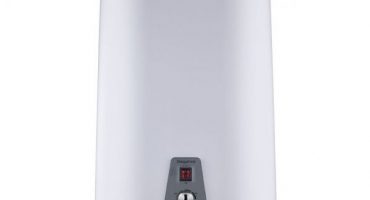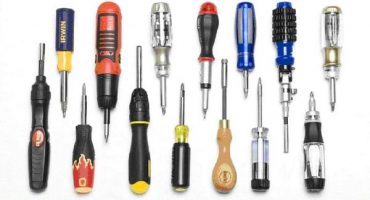The main parameter of modern household appliances is profitability. When choosing a microwave oven, refrigerator, or water heater, you should pay attention not only to its price, but also the minimum energy consumption with the maximum return on useful work. Therefore, the calculation of a high-quality electrode water heater should begin with such an item as the efficiency of a household appliance.

Electric water heater
Calculation of an electrode water heater
Before proceeding with the selection and purchase of an electric water heater, you should correctly calculate it. The calculation will not take much time, you just need to understand the process accurately.
How to calculate the parameters of an electric water heater:
- Determination of optimum power. The main heating element of this household appliance is a heater, which consists of a spiral or tube that passes electric current through itself, and is heated at the same time. All the heat TEN transfers to the liquid, which is located in the storage tank.
The speed with which the water is heated to the required temperature depends on the power of the heater. But this parameter also affects the energy consumption: the more power, the greater the consumption. For example: a heater with a power of 2-2.5 kW will heat 100 liters of water in 3 hours. But you should know that an insufficiently powerful heating element simply can not cope with large volumes. TEN on 1 kW just cannot heat 100 liters of water.
The best option is a water heater with a heating element, the power of which does not exceed 2.5 kW.
- Determination of the volume of the storage tank and its ratio with the power of the heating element. In water heaters up to 60 liters, a heating element with a power of 1.5 kW is allowed. From 80 to 120 liters - not less than 2.5 kW. Boilers 200 liters requires one powerful heating element (5-7 kW), or several smaller ones (3-4 kW), as well as laying a separate electric line.
The above operating parameters are basic, but it is also important to know the approximate water consumption in the house or apartment, which is calculated based on the number of residents. For an average family (3 people), a boiler of at least 100 liters is required. On average, it takes 4 liters per minute to take a shower, and 2-2.5 liters per minute to wash the dishes. You should also consider such trifles as hand washing and other needs. Therefore, the best water heating volumes are 80 and 100 liters.
The principle of operation of an electric water heater
How does this device work? Cold water from the central water supply enters the storage tank. It should be recalled that the heating process will only begin when the device is connected to the electrical network.
Cold water enters the device in one circuit, the second circuit is responsible for transporting already heated liquid. Each water heater has a special element - a jet divider, which evenly distributes the water flow throughout the internal volume of the device. Even distribution of water allows for its gradual heating.The liquid heats up from below and gradually rises up.
A thermostat installed in each boiler controls the heating of the liquid to a predetermined temperature. Some home appliance manufacturers immediately install 2 thermostats in a water heater: one to control the heating of the liquid, the second as a protective one (if the first becomes unusable). In modern models of boilers, adjustable thermostats are mounted, with which the user can set the desired temperature of the liquid at the outlet.
Electric water heater
The principle of operation of the device described above is quite simple, which is why any water heater has a long service life - the fewer elements in the system, the more it works. Now it is necessary to deal with the general device of the water heater, this will help to timely identify the faulty element and, if necessary, replace it.
How is an electric water heater:
- The outside of the device. Depending on the cost, the device is made of sheet steel or hard plastic with increased strength. The outer part of the device is more of a design character than practical.
- Insulation layer. Depending on the quality of the insulation, the amount of time for which the heated liquid cools down is determined. Most often, polyurethane foam is used in liquid form, which quickly hardens after refueling. The heater allows you to create the effect of a thermos, and accordingly - the need for frequent inclusion of the heating element.
- The inside of the device. Now I use stainless steel, glass porcelain or expensive titanium spraying to make internal tanks for electric water heaters. Depending on the quality of the material used, not only the heat-insulating qualities are improved, but also the life of the device.
- Electric heaters. The most common heating element is a heating element. The basic principle of operation of such a device is the conversion of electrical energy into heat, and accordingly, heating of a liquid.
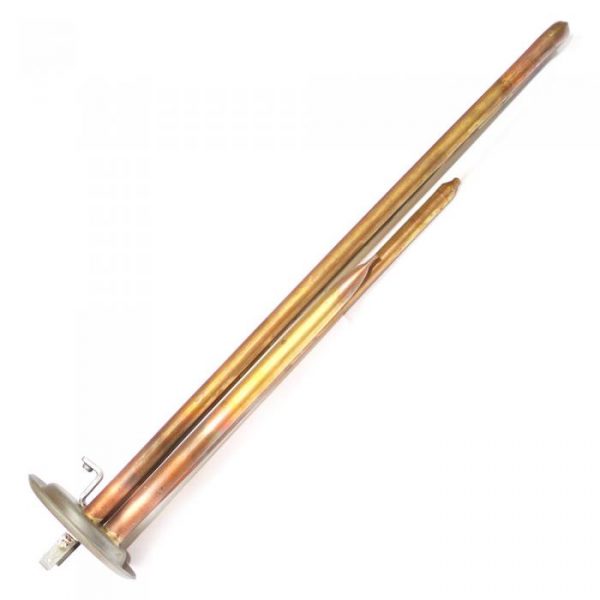
An example of a quality heating element
- Tubes of cold and hot water. Located almost over the entire inner surface of the boiler.
- The electrical part of the device, which includes a thermostat, electronic thermometer, indicator lamps, as well as a circuit that provides automatic operation of the water heater.
- Elements of fasteners. Two metal plates and a set of dowels are installed on the wall, and the water heater itself is mounted on them.
The main enemies of any household appliance for heating water are corrosion and scale formation on the inner surfaces of the tank. And if the scale can be eliminated by means of "dry heating" (the heater is installed in a closed flask), then a magnesium anode is used to prevent corrosion. The magnesium anode is an element that takes on almost all the oxygen from the water, which allows you to save the material of the inner tank.

Magnesium anode
How to choose a water heater for a private house
Living in a private house involves a large number of worries, one of which is the constant provision of hot water, since there is almost never any hot water in the central water supply. Before choosing a water heater for a private house, you need to pay attention to some important things.
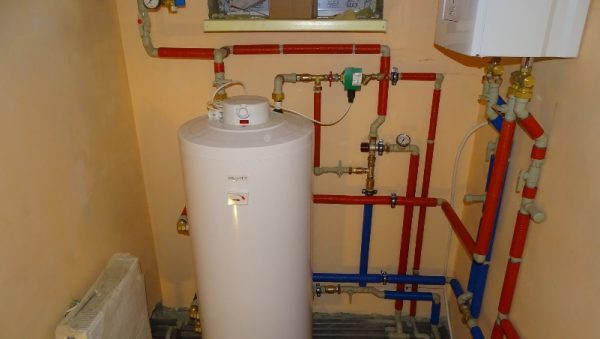
Domestic boiler room
If the water heater will not be used exclusively for domestic needs, for example, for washing dishes, then such a device should have high power - at least 5-7 kW. Only such power will provide heating of water up to 200 liters in 2.5-3 hours, provided that a family of 4-5 people lives in the house.
Very rarely, 2-3 people live in a private house.But if the family is small, then it will be enough to mount a boiler up to 100 liters, which is quite enough not only for family members, but also to solve everyday problems.
Before you get a boiler with a large volume, you should definitely clarify its operating voltage, because for a powerful heating element to work, a supply voltage of 380 V may be required. For 380 V, there must be at least 2 working phases in the home electrical network, which is not always provide homeowners.
We choose an electric water heater for giving
The presence of a summer house or a small country house also requires the installation of a minimum number of necessary household appliances. Owners are unlikely to need a dishwasher, but a water heater is simply irreplaceable.
Usually a summer cottage is a small one-story house, the internal area of which does not exceed 25 m2. Many owners even prefer to take a shower outside, in which the water is heated throughout the day. Therefore, the amount of hot water may be minimal.
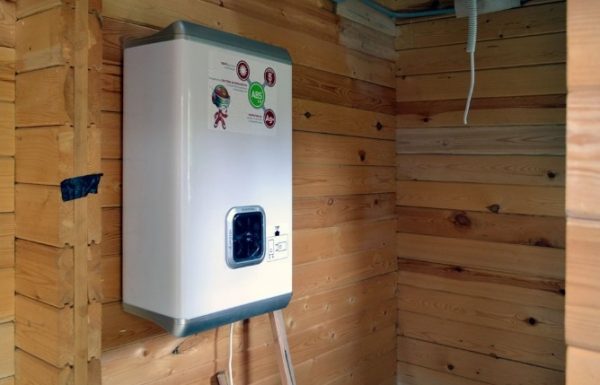
Small boiler for a summer residence
A boiler with a volume of up to 35 liters will become a good option for a summer residence, heating of which to a high temperature occurs in a maximum of 40-50 minutes. Heating more water will only lead to excessive energy consumption and waste, and 35 liters is enough to take a shower and wash the dishes.
Electric water heater piping diagram
One of the important factors affecting the life of a water heater is the fluctuation of the water pressure in the storage tank of the device. For the correct operation of the device, it is necessary to correctly and accurately complete its binding.
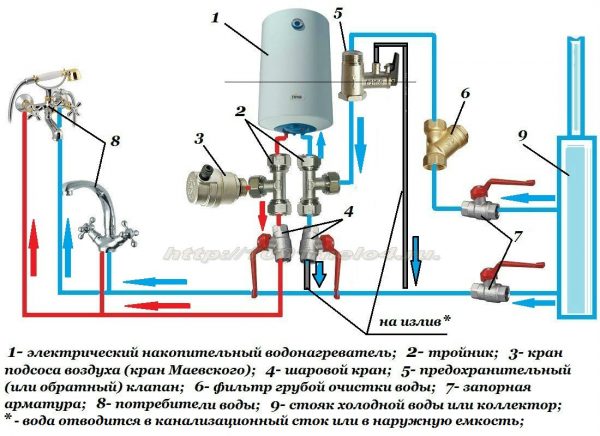
The correct strapping scheme with a detailed indication of work items
And if there shouldn’t be any problems with the tying scheme, then not all users know the value of the elements located on it.
Description of the main elements of the harness:
- Non-return valve. Mounted on water heaters up to 80 liters. The main function of the check valve is to pass water only in one direction. When the pressure in the system decreases, the check valve closes and does not let water flow through it.

Check valve
- Safety valve. The principle of operation is slightly different from the check valve. It consists in the fact that when the set pressure is exceeded, the valve opens and dumps the coolant. For this, a separate pipe must be provided in the water heater system.
- Pressure regulator. The pressure regulator is one of the main elements of a water heater system, which not only extends its service life, but also reduces water consumption. The principle of operation of the pressure regulator is to control the flow of water at the input to the device.
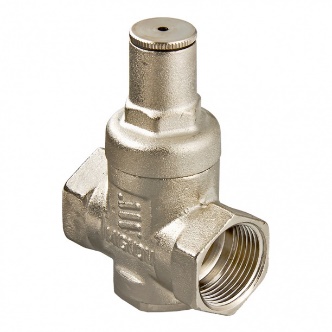
Pressure regulator for boiler
- Expansion tank. It is installed on systems whose volume exceeds 80 liters when the non-return valve can no longer cope. It consists of two chambers (air and water), as well as a through membrane.
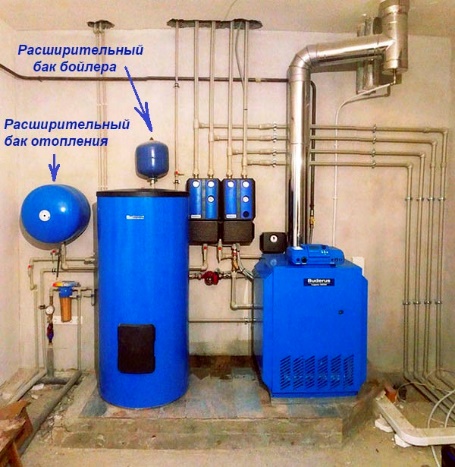
Example of expansion tank for a boiler
- Thermostatic mixer. Provides faster mixing of hot and cold streams. After the installation of such an element, not only increases the performance of the water heater, but also reduces energy consumption.
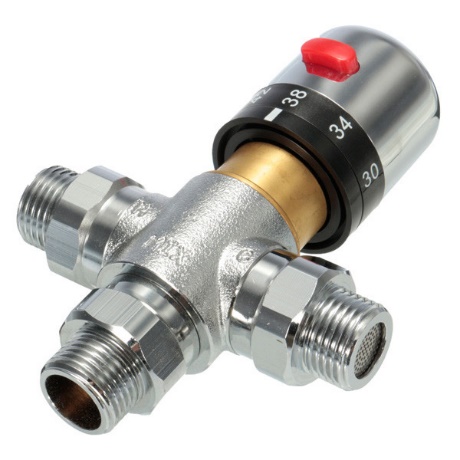
Thermostatic mixer
It is also very important to install in the system and timely replace the fine filter, which allows you to extend the life of the water heater.
Pros and Cons of an Electric Water Heater
The main advantages of electric water heaters:
- Variety of products. Now almost all manufacturers of household appliances produce electric water heaters. Therefore, the user can choose both inexpensive devices with a volume of up to 30 liters, and large capacities of up to 200 and more liters. The functionality of the devices is different, which also affects the price.
- Affordable pricing.Electric water heaters with standard functionality are quite affordable. Many manufacturers of household appliances provide users with a loan or good installment conditions for a certain period.
- Long term of operation. Due to its simplicity and the minimum number of elements in the system, electric water heaters are quite durable. Most often, a heating element comes into disrepair, which can be quickly replaced.
- Convenience and speed of installation. The water heater can be installed and connected to the electrical network yourself, for this you should only read the instructions. A second person may be needed only when the tank needs to be hung on the wall.
In addition to the advantages, electric water heaters have their drawbacks. For example, with large volumes of the internal tank, the installation process is significantly complicated, a separate room may also be required, since a capacity of 200 liters is rather problematic to hang in the bathroom.

